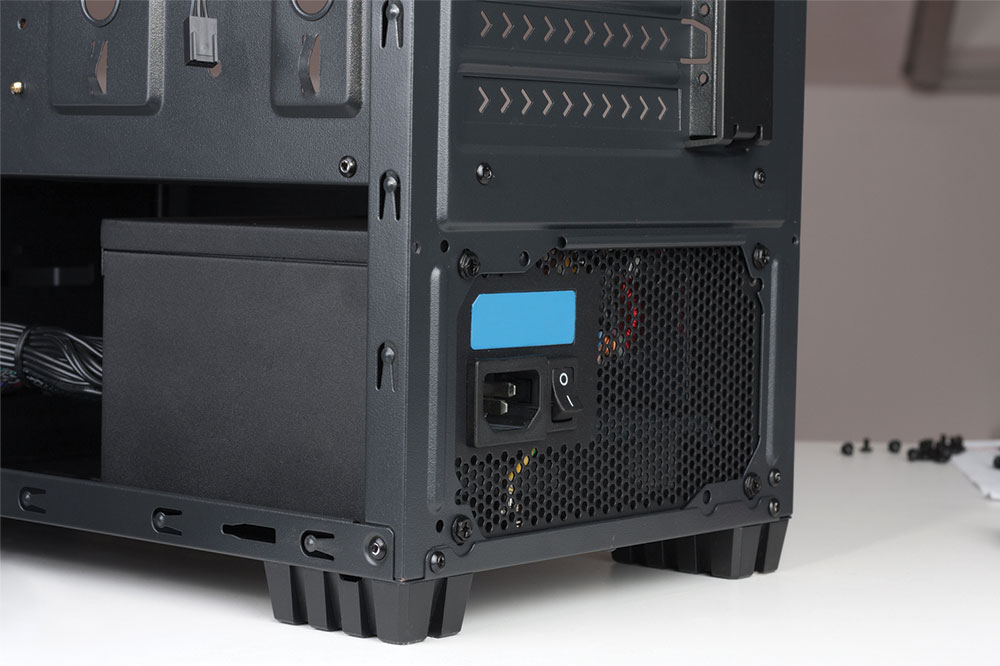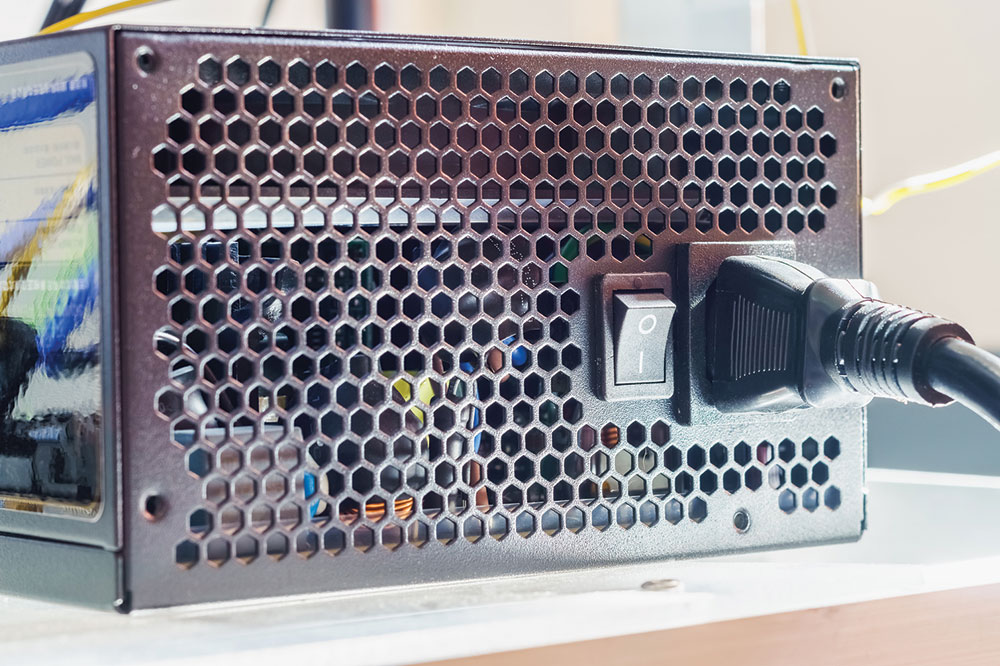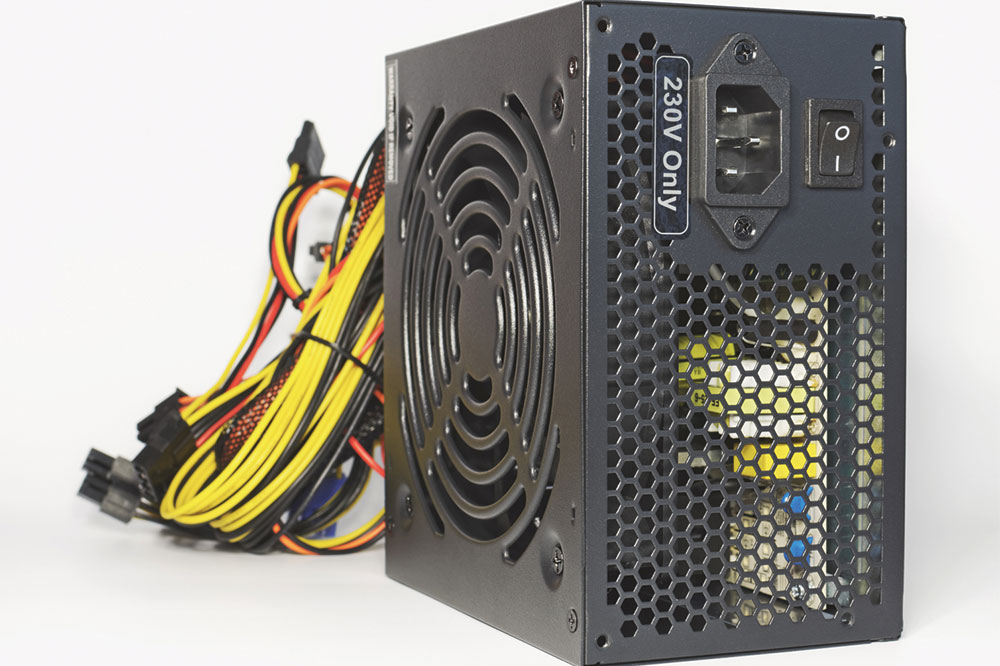Comprehensive Guide to AC and DC Power Sources: Understanding the Key Differences and Applications
This in-depth article explores the fundamental differences between AC and DC power sources, their generation processes, and practical applications. It aims to clarify common misconceptions and help readers make informed decisions about choosing appropriate power supplies for different electronic and electrical needs. Learn how alternating current is utilized in power grids and how direct current powers modern electronic devices, emphasizing their unique advantages. Ideal for engineers, tech enthusiasts, and consumers wanting a comprehensive understanding of electrical power fundamentals.

In the realm of electrical engineering and electronics, the terms power sources and power supplies are frequently used, yet they are often misunderstood or used interchangeably. To ensure proper application and to enhance your knowledge, it's vital to clarify the roles they play. Power sources are the origins of electrical energy — such as batteries, electrical outlets, or generators — while power supplies function as the converters that transform this raw energy into suitable voltages and current levels for various devices. This comprehensive guide delves deep into the two primary types of electrical power: Alternating Current (AC) and Direct Current (DC). By understanding their fundamental differences, characteristics, and typical applications, you can make informed decisions when selecting power sources for specific needs, whether for household appliances, electronic devices, or industrial machinery.
An Introduction to AC Power: What Is Alternating Current?
Alternating Current (AC) is the form of electricity commonly supplied to homes and industries around the world. Its defining feature is a waveform that oscillates periodically, meaning the direction and magnitude of electron flow change continuously over time. The generation of AC power relies on large-scale plants equipped with alternators — devices that operate by rotating a wire within a magnetic field, creating a changing magnetic flux that induces a fluctuating voltage according to Faraday's law of electromagnetic induction. This phenomenon results in a sinusoidal waveform characteristic of most utility-supplied electricity.
One of the key advantages of AC power is its ability to travel over long distances with relatively low energy losses, thanks to the use of high-voltage transmission lines. Transformers are then employed to step down the voltage to safer, usable levels for homes and businesses. The widespread adoption of AC power is due to its efficiency in distribution, ease of transformation, and compatibility with existing electrical infrastructure.
Understanding DC Power: What Is Direct Current?
Direct Current (DC) differs significantly from AC in that it involves a unidirectional flow of electrons, maintaining a constant polarity over time. This steady flow of current is essential for many electronic devices requiring a stable voltage source. DC power originates from sources such as batteries—ranging from small button cells to massive industrial batteries—solar cells, fuel cells, and rectifiers that convert AC power into DC. The conversion process typically employs electronic components like diodes or specialized circuits to rectify the AC waveform, transforming the alternating flow into a smooth, direct current.
DC power supplies are crucial in modern electronics, powering devices like smartphones, laptops, LED lighting, and various digital circuits. They provide a reliable voltage that prevents fluctuations, which could potentially cause malfunction or damage. For instance, laptop chargers convert AC from the wall outlet into a steady DC voltage suitable for computer components. Moreover, DC power is preferred in portable electronics because batteries provide a portable source of direct current, facilitating mobility and convenience.
Understanding the importance of proper power conversion is essential. Devices designed exclusively for DC input need accurate and consistent voltage supplied through dedicated power supplies. These power supplies often incorporate filtering and regulation circuitry to ensure that the output remains stable despite fluctuations in the input voltage or load conditions.
In summary, while AC power dominates the electrical distribution network due to its efficient long-distance transmission, DC power is indispensable in modern electronics, portable devices, and renewable energy systems. Recognizing their differences, generation methods, and typical applications empowers consumers, engineers, and technicians to choose the appropriate power source and supply for each specific scenario.
From residential power outlets to sophisticated electronic devices, understanding AC and DC power is fundamental to modern life. Whether you are designing electrical systems, troubleshooting appliance issues, or simply curious about how electricity works, grasping these core concepts helps you navigate the increasingly electrified world around us.




